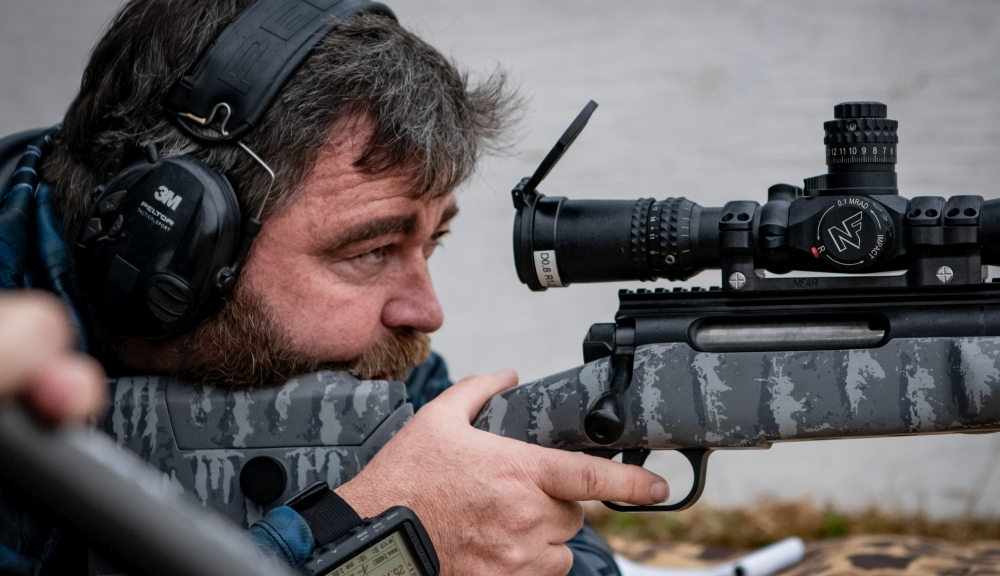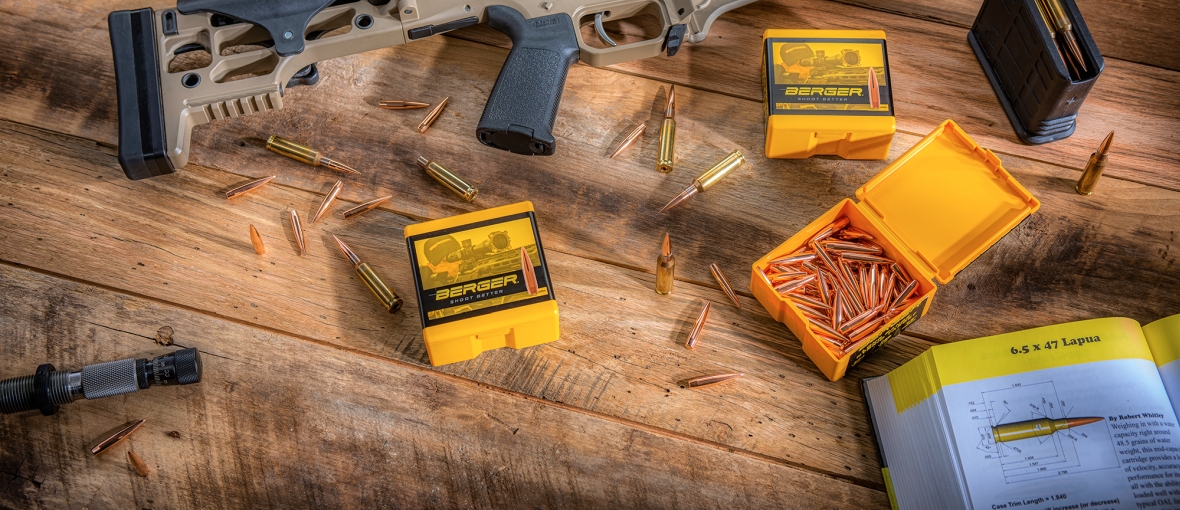When comparing Ballistic Coefficients among different brands of bullets, it’s important to be aware that not all bullet companies arrive at their BC’s by the same methods. Add to this the pressure to inflate BC’s for sales, and end users can be mislead in a number of ways about the performance of long range bullets.
At this point in 2020, most bullet companies have migrated to the G7 standard (from the old G1). This helps a lot with the velocity dependence part of BC, which is much less of a problem with G7. Still, there can be some velocity dependence with a G7 BC, and the velocity range that a bullet company chooses to pull performance numbers from should be considered.
At least one major bullet company still uses G1 BC’s, but they provide the number in velocity bands, in order to convey the sensitivity. Although the numbers they publish may be accurate, it’s sometimes not easy for users to make use of a banded G1 BC compared to a single G7.
The way Berger Bullets assesses BC is very straightforward and consistent, intended to convey the actual long range performance of our bullets so that shooters can have an accurate understanding of a bullets performance, and support accurate trajectory predictions for long shots. In other words, Berger’s BC’s are not created to promote sales as much as they are created to support accurate ballistics.

Long range shooters need accurate and reliable data for trajectory predictions, not BS marketing BCs.
Specifically, the way Berger assesses BC’s for all bullets is to test fire them using Doppler radar, and then average the BC’s over a common velocity range of 3000-1500 fps. This large velocity band is representative of a bullets flight performance over long range. We’re not just looking at the high velocity/high BC number for marketing, and we’re not banding the BC’s from high to low. Just one single average G7 BC does a great service to the shooter who is interested in valid comparisons of bullet performance (same velocity band average allows for apples-to-apples comparisons) as well as accurate trajectory predictions.
When it comes to comparing BC’s for different brands of bullets, which use different methods for determining BC, unfortunately it’s not really possible using the data provided by the bullet manufacturers themselves. For shooters interested in comparing BC’s and performance of various brands, Ballistic Performance of Rifle Bullets provides data on over 800 long range bullets from all major brands, all tested to the same standards, and showing all data in a common format. Likewise, when selecting a BC to support a ballistic solution, the library of bullets accessible thru the Applied Ballistics ecosystem of apps and devices is loaded with the most up-to-date assessment of BC’s and Custom Drag Models for all bullets of all brands.
A lot of progress has been made in recent years regarding the accuracy of BC’s advertised by most bullet makers. A combination of moving to the G7 standard and having third party testing done on all the brands has improved accountability across the board. There still remains some disparity among methods in determining BC however, and a savvy shooter should know what to look out for.
Want a bullet that has both a high BC and a consistent BC? Learn more about our new Long Range Hybrid Target bullets.
